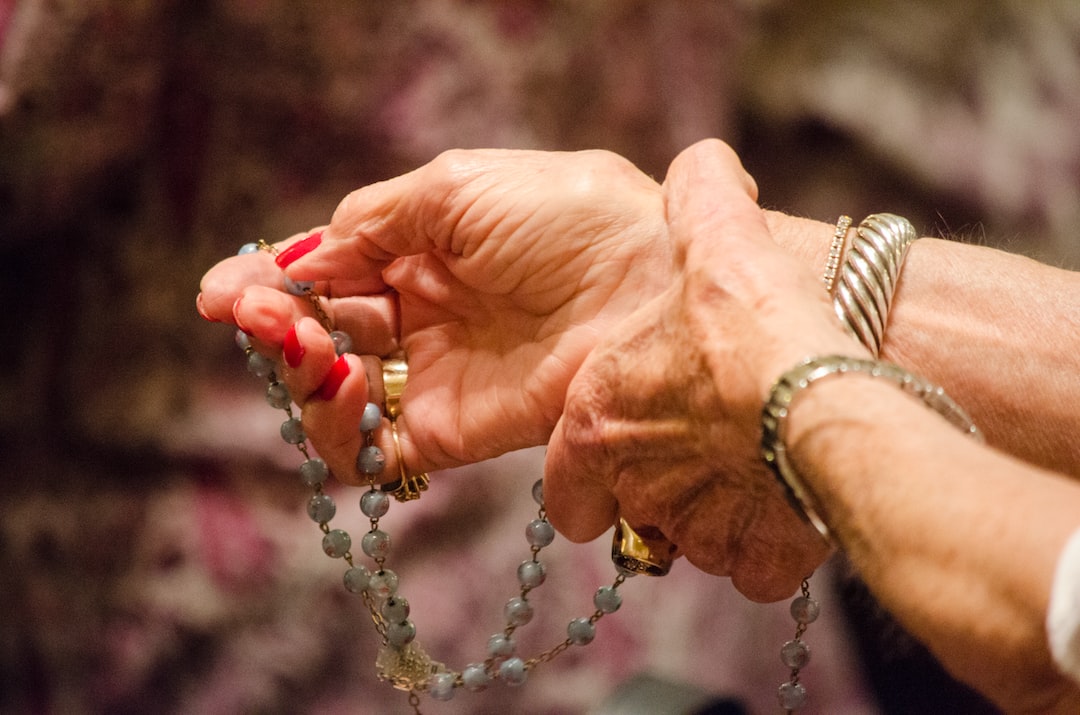The Role of Women in Different Religious Scriptures and their Modern Interpretations
Religion has always played a significant role in shaping societies and individual lives around the world. Throughout history, religious texts have guided and influenced moral, social, and political norms. However, the portrayal and treatment of women in various religious scriptures have been a subject of debate and controversy.
In many religious texts, women are often depicted in traditional gender roles, subservient to men and restricted in their societal roles. However, it is essential to understand that these texts were written in specific historical and cultural contexts, where women’s rights were not recognized as they are today.
In Christianity, the New Testament portrays women as vital figures in the life and teachings of Jesus. Mary, the mother of Jesus, is revered for her purity and obedience to God’s will. However, it is often overlooked that Jesus challenged the societal norms of his time by engaging with women as equals. He had female disciples, such as Mary Magdalene, who played a significant role in spreading the message of Christianity after his death. Despite this, the early Christian church limited women’s participation in leadership roles, reinforcing traditional gender roles.
The Quran, the holy book of Islam, is often misunderstood when it comes to the role of women. While some interpret Islamic teachings as advocating for patriarchal norms, others argue for a more egalitarian interpretation. The Quran recognizes the equality of all believers, regardless of their gender. It acknowledges women as spiritual beings with the same rights and obligations as men. Additionally, the Quran highlights the importance of education and highlights the accomplishments of several prominent women throughout history. However, cultural practices and interpretations have led to the suppression of women’s rights in some Muslim communities.
Hinduism, one of the oldest religions in the world, has a complex and diverse set of scriptures. Hindu texts often portray women in various roles, from powerful goddesses to obedient wives. Goddesses, such as Saraswati (goddess of knowledge) and Lakshmi (goddess of wealth), are widely worshipped. Women in Hindu society have held influential positions as scholars, rulers, and spiritual leaders. However, like other religions, certain cultural practices that prioritize patriarchal norms have led to gender inequality in Hindu communities.
Buddhism, founded by Siddhartha Gautama, known as the Buddha, holds different perspectives on the role of women. The early Buddhist texts primarily focused on renunciation and asceticism, often discouraging women from pursuing spiritual paths. However, as Buddhism evolved, women emerged as important figures. Buddhist texts praised the virtues of renowned Buddhist nuns, such as Mahapajapati, who became the first female Buddhist disciple, and Tara, a revered bodhisattva known for her compassion. Modern interpretations of Buddhism highlight gender equality, emphasizing the importance of women’s participation in spiritual practices and leadership roles.
Despite the historical portrayal of women in religious scriptures, modern interpretations have emerged that challenge traditional gender roles and advocate for equality. The principles of justice, compassion, and love found within most religious texts provide a foundation for reinterpreting these ancient teachings in contemporary society.
In recent years, progressive religious scholars, theologians, and activists have been revisiting their respective texts to explore alternative interpretations that promote gender equality. They argue that patriarchal interpretations are a product of specific historical and cultural circumstances, rather than immutable truths.
Moreover, women’s voices within religious communities have grown louder and more influential. Female theologians and leaders are redefining the narrative by reclaiming the stories of their female religious figures and challenging oppressive interpretations. They emphasize the importance of equality, justice, and compassion as core principles, seeking to forge a path towards inclusive religious practices and interpretations.
Nonetheless, it is important to acknowledge that while progress has been made, deeply-rooted patriarchal attitudes and practices persist in many religious contexts. Change can be slow, as religious traditions are deeply ingrained in the fabric of society and resistant to transformation.
To further advance gender equality within religious traditions, interfaith dialogue and collaboration are crucial. By fostering conversations and understanding among diverse religious communities, it becomes possible to challenge long-held beliefs and collectively work towards more inclusive interpretations of religious texts.
In conclusion, the role of women in different religious scriptures has varied throughout history, often reflecting patriarchal societal norms. However, modern interpretations have challenged traditional gender roles, advocating for gender equality within religious communities. Progressive theologians and activists are reimagining ancient texts and narratives to foster inclusivity, justice, and compassion. To create lasting change, interfaith dialogue and collaboration are essential to dismantle restrictive interpretations and cultivate more inclusive religious practices.
